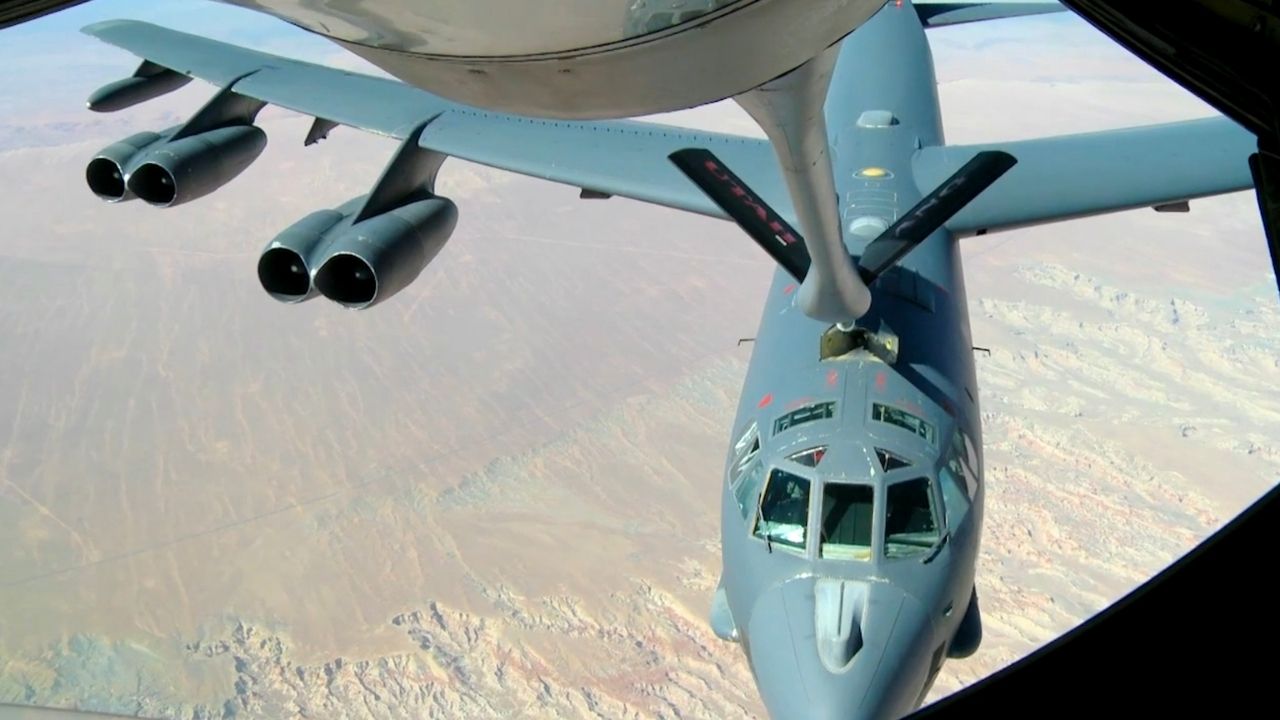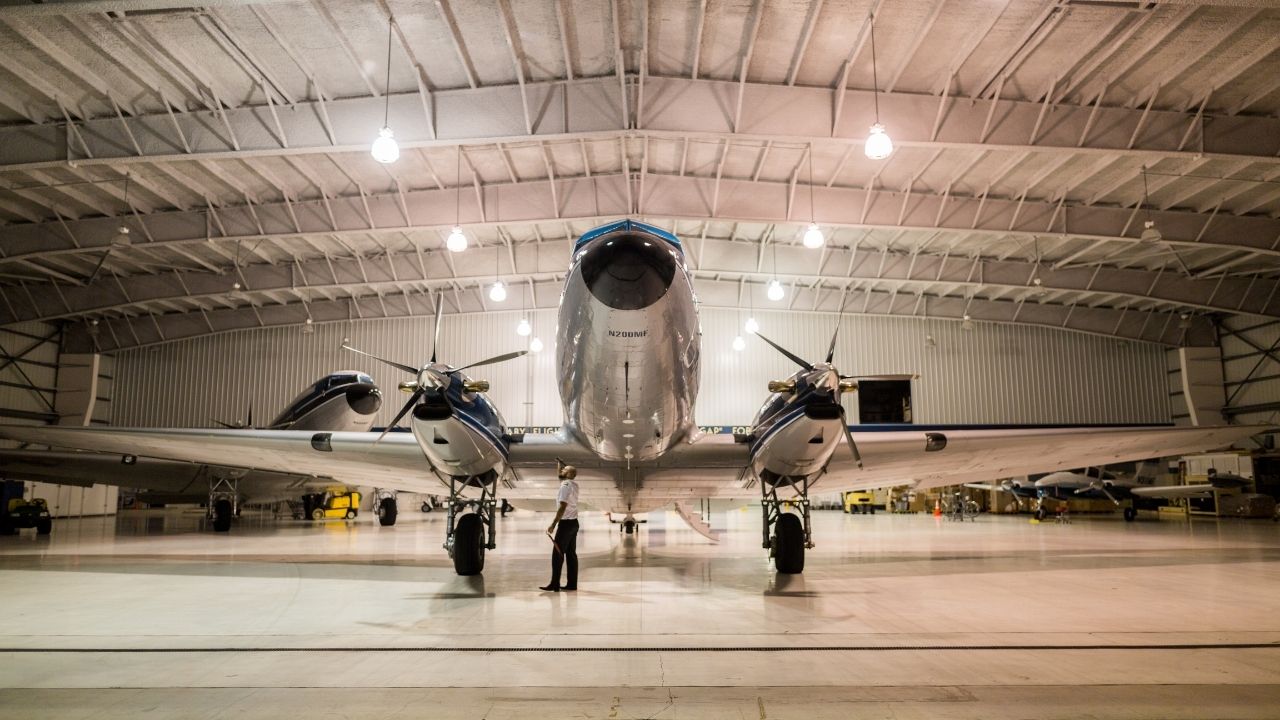Planes stay in the air for hours and sometimes they can’t get landing permission due to some problems and can return in the air many times. So what would happen if the fuel of these engineering marvels, which could fly for so long, ran out during the flight?
As you know, while cars can go to gas stations when their fuel runs out, planes do not have such a luxury. Occasionally, aircraft fuel may run out during flight.
The aviation industry also applies its own rules for aircraft that run out of fuel in the air. some methods there is. Let’s take a look at what to do in this situation.
First, let’s talk about the situations where the plane may run out of fuel in the air.
A aircraft engine not getting fuel It stems from two situations. The first of these situations fuel starvation referred to as; There is fuel in the tank of the aircraft, but the fuel cannot flow to the engine due to line faults. Fuel starvation is an important condition, and it can be eliminated by repairing a single aircraft at the service.
If the second case running out of fuel arises because of it. Mileage losses due to long-distance missions, miscalculation of fuel, and low-altitude air currents can consume fuel.
In cases where the airplanes run out of fuel in the air, emergency landing with low fuel realization or fast refueling in the air needs to be done. In this case, the skill and composure of the pilot has a very important place. Although it is not very common to run out of fuel in the air, there are examples in aviation history.
So how is aerial refueling carried out?

Aerial refueling begins as the two planes approach each other. planes in the air distance between 30 meters or less protection. So because the first stage is dangerous an intense skill requires. After the first connections are made, the fuel transfer is started gradually.
For airplanes to refuel from the air ‘flying boom system‘ and ‘probe and drogue system’ There are two paths named. In the ‘flying boom system’, two planes are connected to each other by a rigid pipe called ‘boom’. A dedicated operator connects the ‘boom’ tube to the small fueling hole on the opposite aircraft. This method fast transfer It is frequently preferred by the air forces of the countries because it provides
In the ‘probe and drogue system’, the planes that will send the fuel are instead of a rigid boom. a flexible hose uses. Thanks to this method, a single fuel plane can transfer fuel to multiple storage units. Hoses with a flexible material vibrate during the connection in the air. to be fixed immediately also needed. This method of transmission is generally more small planes is preferred for
By tanker aircraft to the receiving aircraft hose connecting, A seal is created on the connection and is driven by the pilot to allow the fuel to flow. button is pressed; In this way, the fuel is delivered to the receiving aircraft and the flight time of the aircraft increases.
Planes are being modified for air refueling.

Most aircraft in general getting fuel on the ground is designed for. Aircraft refueling can be achieved by changing the positions of the fuel ports and refueling pipes.
However, air refueling differs from ground refueling. a more costly job It is preferred only in military operations.
Air refueling also has some risks.
First of all, the planes that will receive and give fuel are connected to each other. from flying close there is a danger. Also, such as hose discharge, retraction, fuel pump failure. significant risks There is also. Air refueling in spatial disorientation and night flights The most dangerous reaches the level.
RELATED NEWS
Why are the seat belts on airplanes fastened at the waist rather than the shoulder like in cars?
RELATED NEWS
